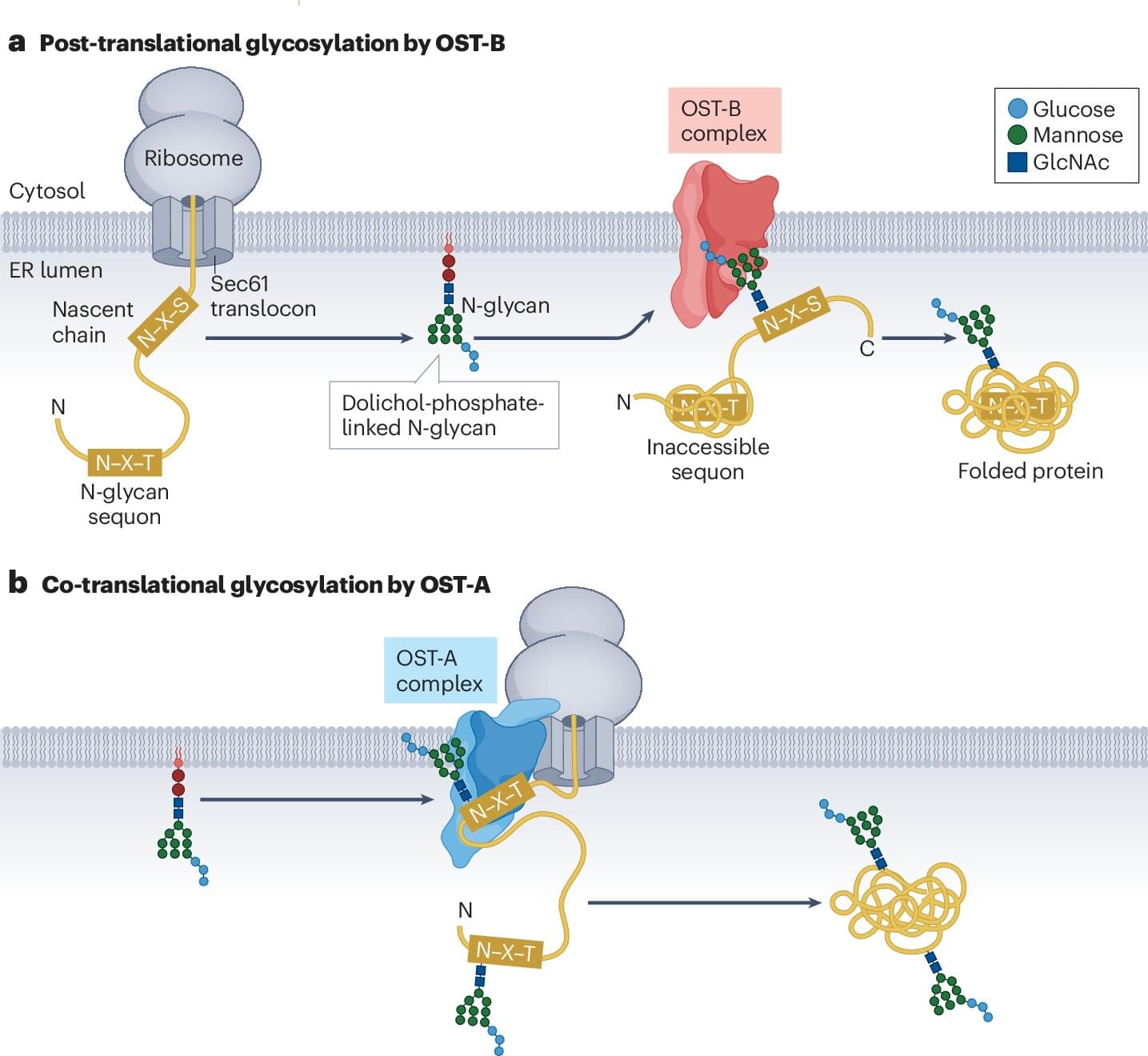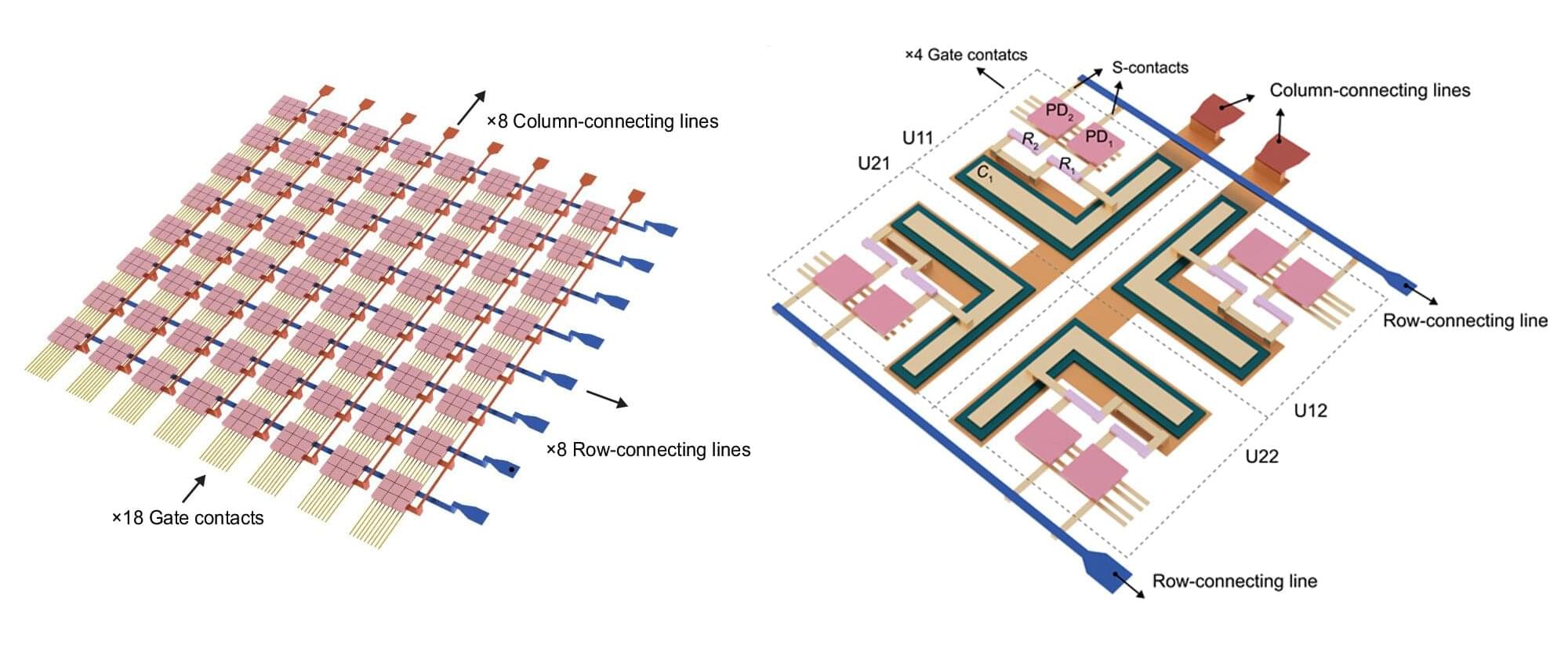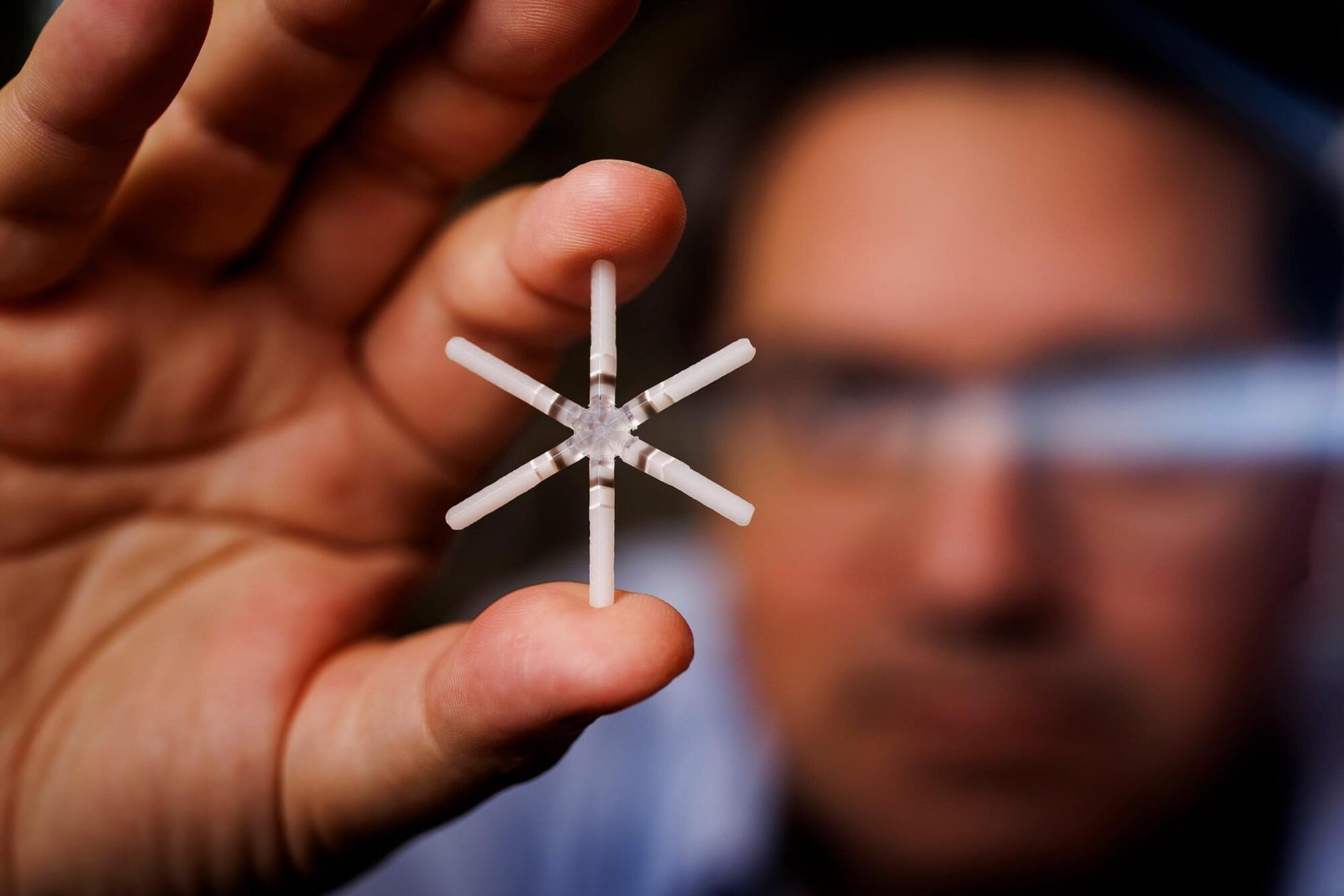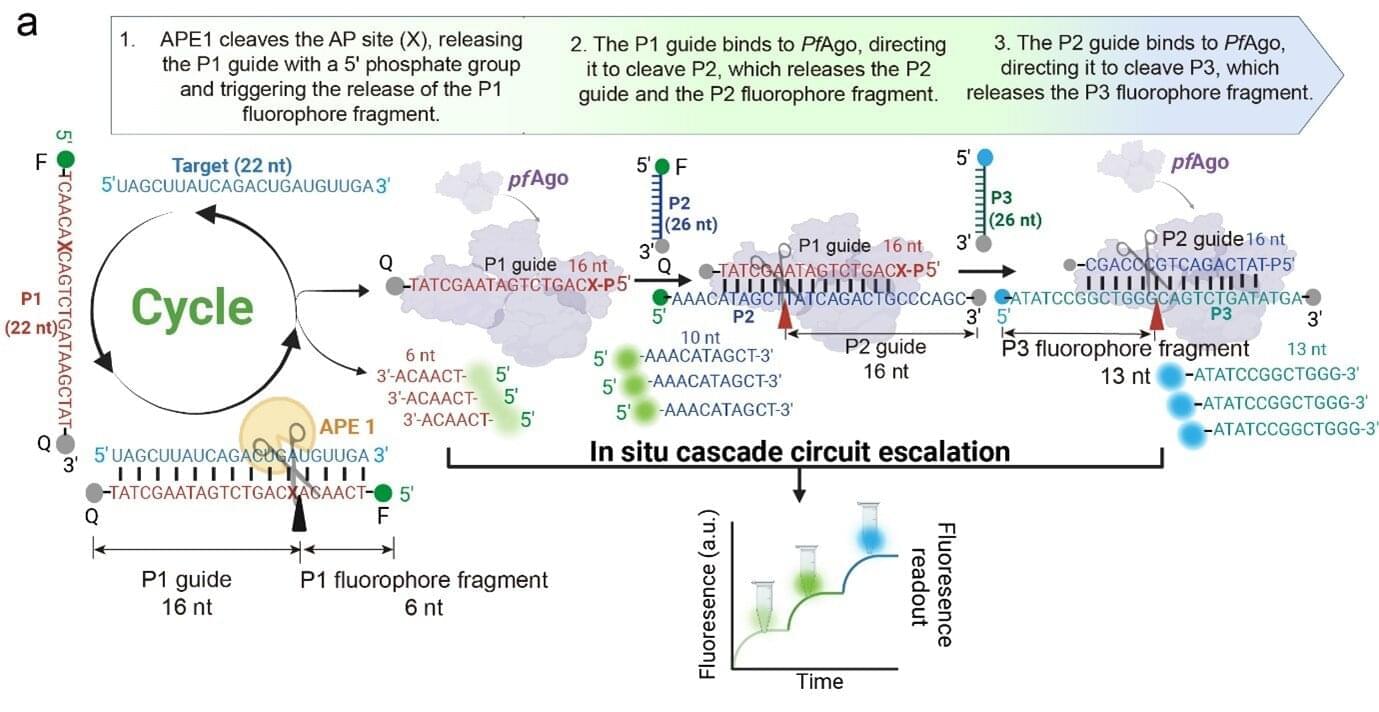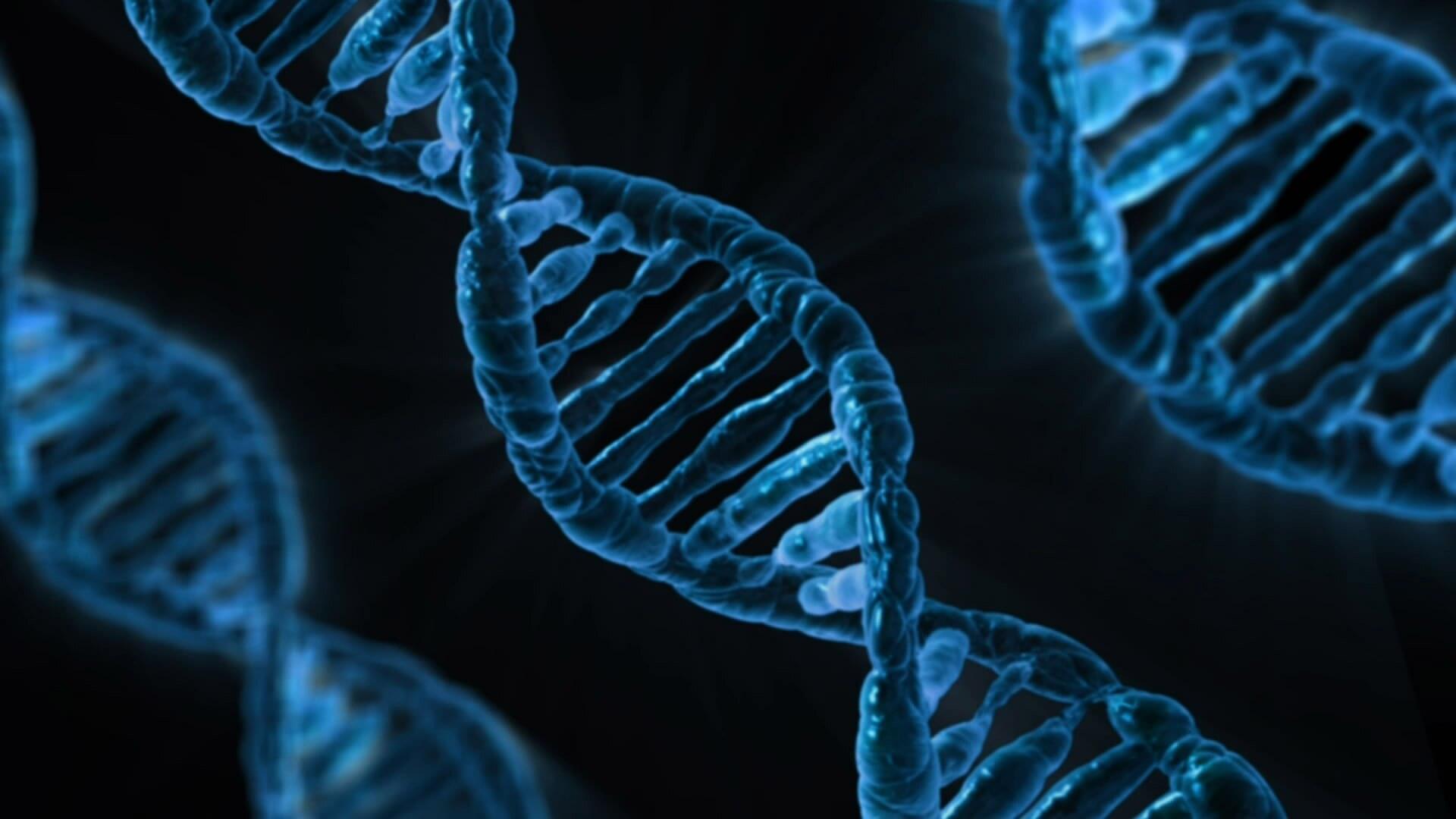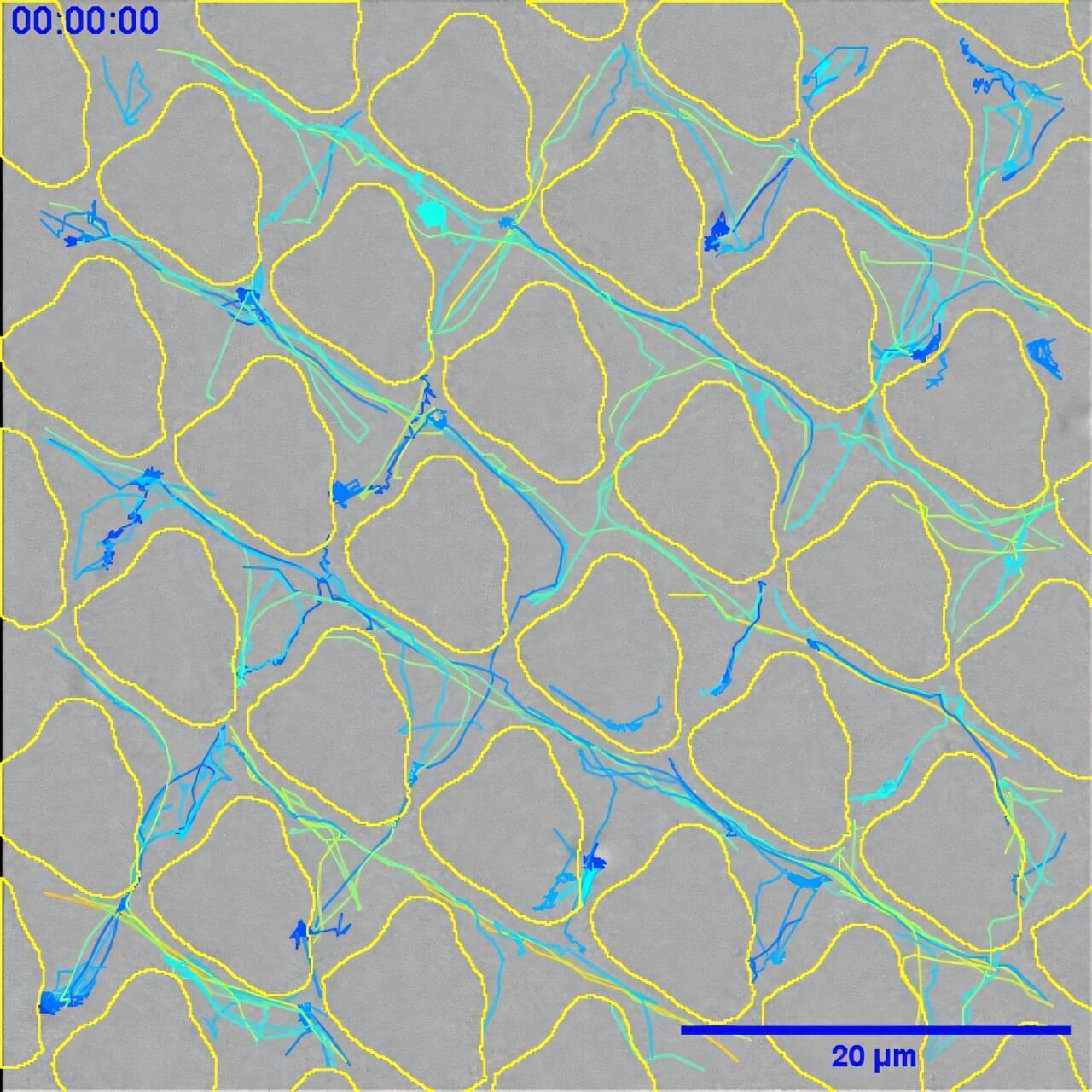Viruses are entirely dependent on their hosts to reproduce. They ransack living cells for parts and energy and hijack the host’s cellular machinery to make new copies of themselves. Herpes simplex virus-1 (HSV-1), it turns out, also redecorates, according to a study in Nature Communications.
Researchers at the Center for Genomic Regulation (CRG) in Barcelona have discovered the cold sore virus reshapes the human genome’s architecture, rearranging its shape in three-dimensional space so that HSV-1 can access host genes most useful for its ability to reproduce.
“HSV-1 is an opportunistic interior designer, reshaping the human genome with great precision and choosing which bits it comes into contact with. It’s a novel mechanism of manipulation we didn’t know the virus had to exploit host resources,” says Dr. Esther González Almela, first author of the study.

